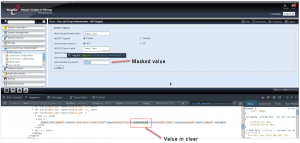One of the key motivations in establishing 7 Elements was a drive to deliver customer focussed security testing that provided clients with a service they need and to proactively support and develop the wider security community for the benefit of everyone.
As part of this commitment, 7 Elements recently offered two students from Glasgow Caledonian University (GCU) the opportunity to write a blog post on the recent changes to PCI DSS. Doing so would provide vital hands on experience for these undergraduates. Both are studying Digital Security, Forensics & Ethical Hacking at GCU and share our passion for information security. Their post on PCI DSS v3 in a Nutshell can be found here.
In addition to guest blog spots, 7 Elements are also taking on two interns over the summer of 2014. As well as providing them with the opportunity to gain industry experience in the field, the interns will be assisting 7 Elements with the development of customer focussed projects and bespoke security research.

